HISTORY: Fort Moultrie
S.C. Encyclopedia | Fort Moultrie was the site of the June 28, 1776, American victory in the Revolutionary War. Fort Moultrie I, the Revolutionary War–era fort, was replaced in 1798 by Fort Moultrie II, which was followed in 1809 by Fort Moultrie III, which served as a military post until 1947.


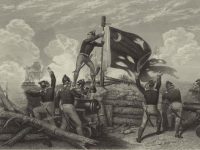
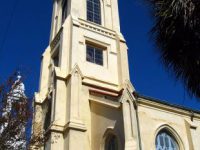
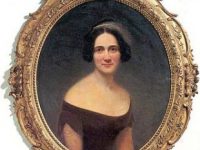

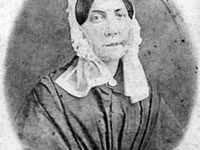
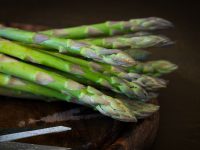
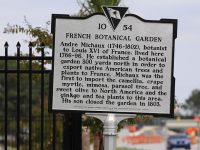

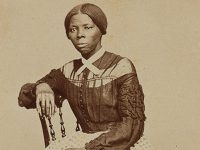
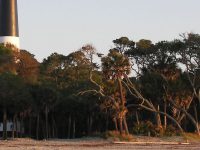

 We Can Do Better, South Carolina!
We Can Do Better, South Carolina!

























Recent Comments